I couldn’t resist. Earlier this year, while on my way to the Galapagos, I stayed over in mainland Ecuador for a few days to photograph hummingbirds. Hummers have been worked a lot, but they are magnificent little birds, and, since I was in a location with many species, why not spend a few days photographing? As I said, I couldn’t resist. Here’s a short slideshow.
For hummingbirds on perches: Nikon D800E in 1.2 crop mode, 500mm lens with an extension tube (for closer minimum focus), plus a bracket-mounted flash with Better Beamer flash extender attached, flash output between -1 and -2 fill. Matrix metering, aperture priority (so shutter speeds were between 1/60 and 1/250 sec.), ISO 1000 (low light where I was photographing), f/11.
For hummingbirds in flight: Nikon D4 with 80-400mm lens, manual exposure, ISO 400, 1/250 sec. at f/11. In order to freeze the wing movement, I needed to light the entire scene (no fill flash here) using very short flash durations. This is actually easy to get: set a regular flash on manual output at about 1/16 power and position the flash relatively close to the subject. I used four flashes: one on-camera (set at an even lower power output), two on light stands aimed from either side toward where the birds would fly into a feeder, and one on another light stand and aimed at an artificial background (a print of out-of-focus vegetation). To determine flash position, and consequently the f/stop to use, take a shot and take a look at the camera’s LCD. The on-camera flash triggered all the other flash units; in other words, the flashes were simple slave units. Since I was the only person working the area my flashes did not interfere with any other setup, otherwise I might have needed radio flash triggers which I don’t own.
I might note that most Nikon flashes can be set in an SU-4 mode, which allows them to act as basic optical slaves with any brand of camera. Slave flashes certainly don’t need to be current models. I have a Nikon SB-80DX (discontinued 10 years ago) which I picked up brand new in the box about a year ago for $25.

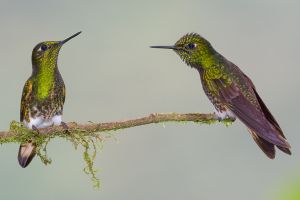
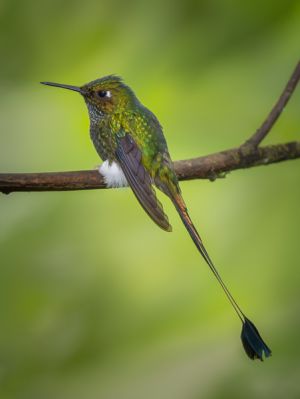
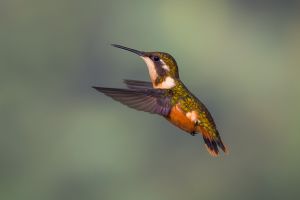
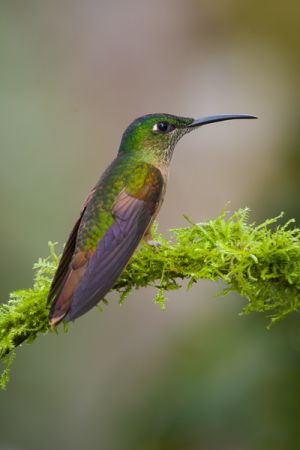
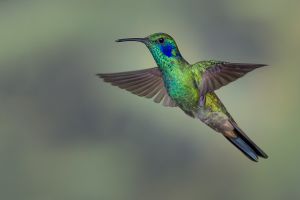
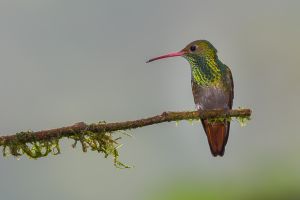
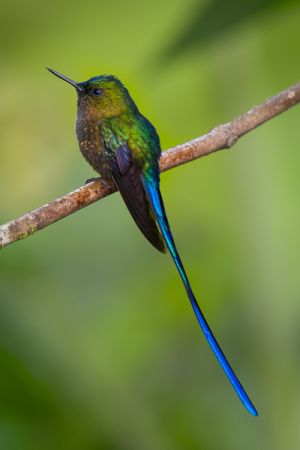
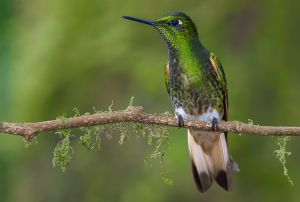
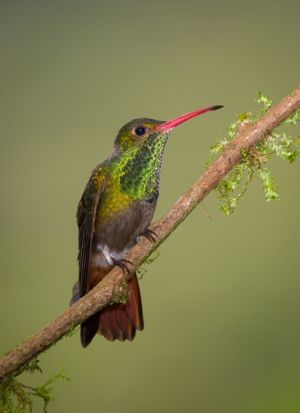
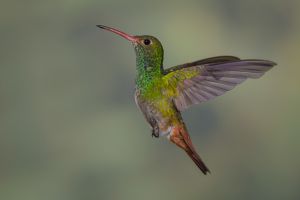
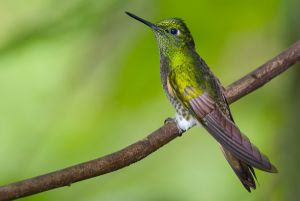
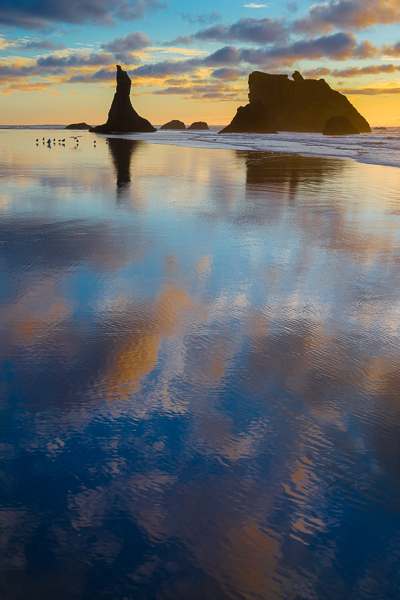
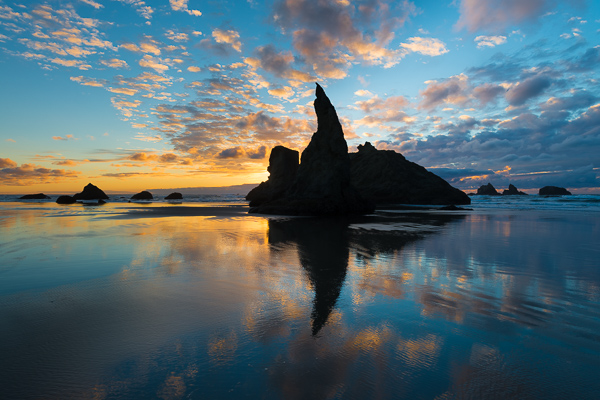
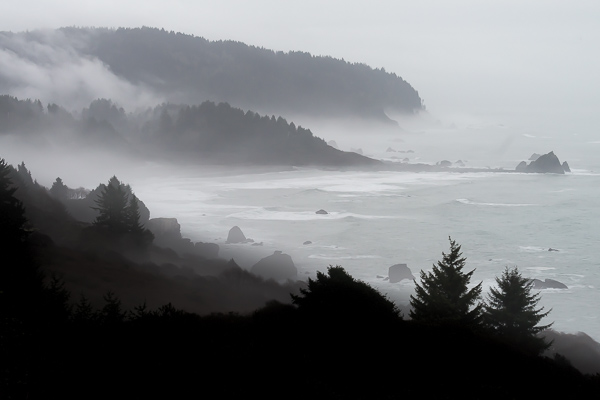
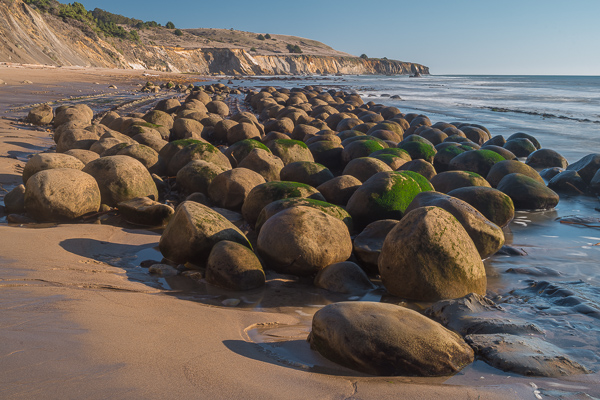
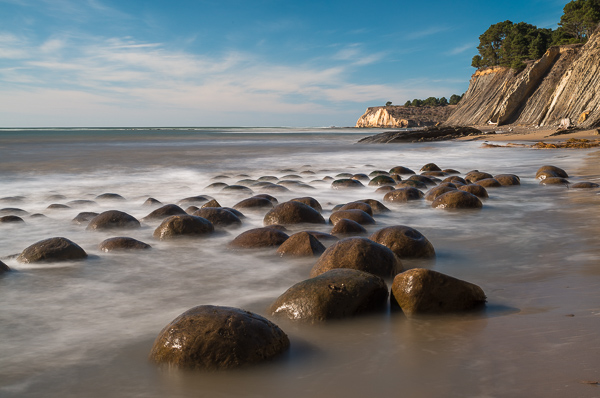
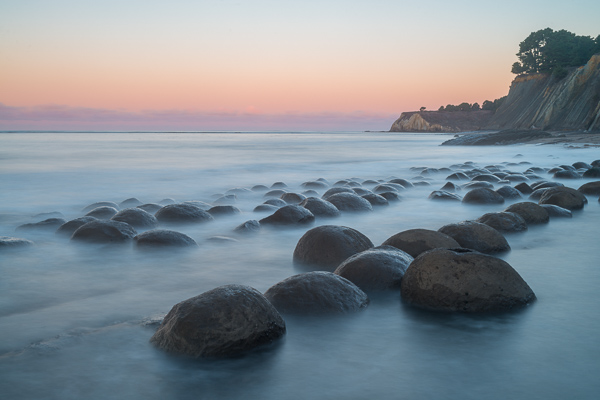
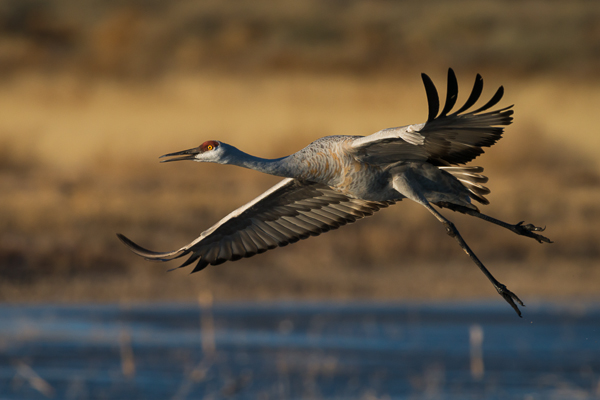
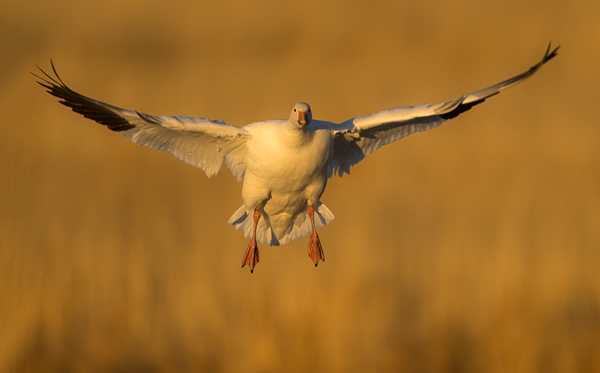
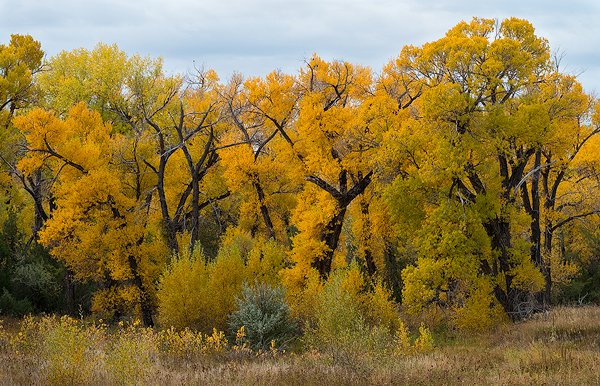
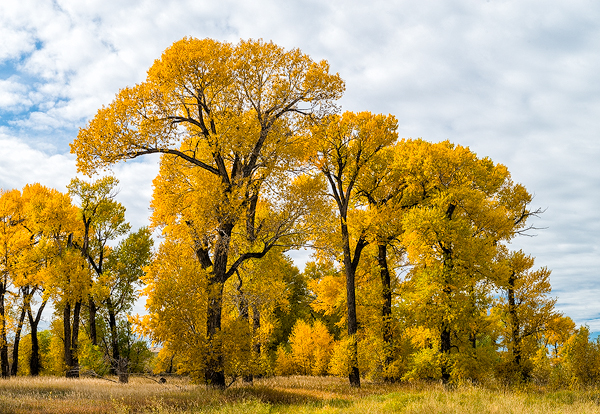
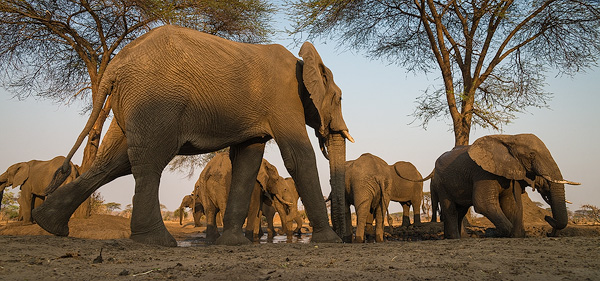
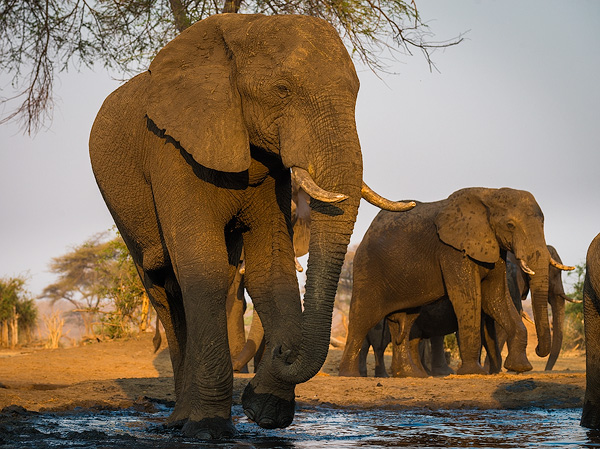
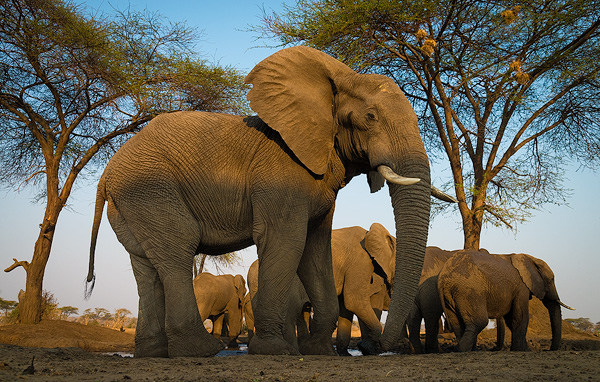
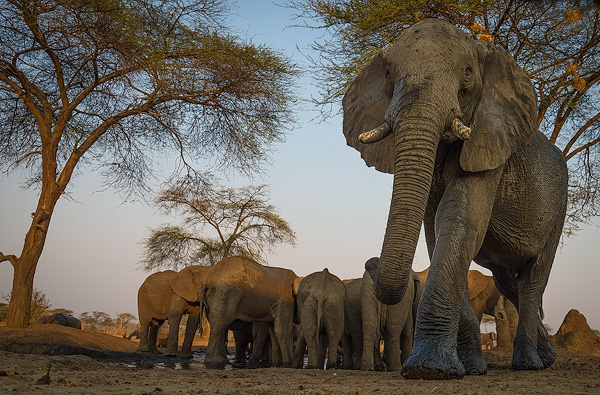
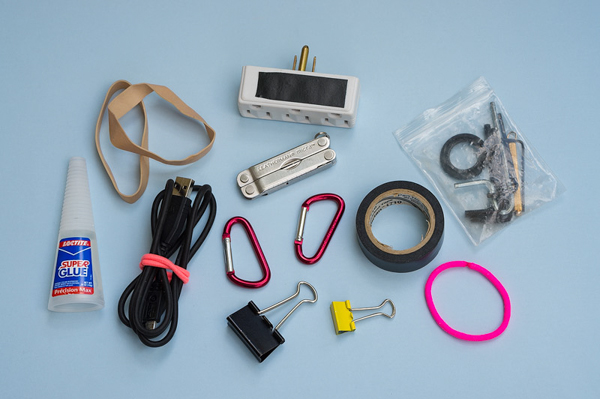
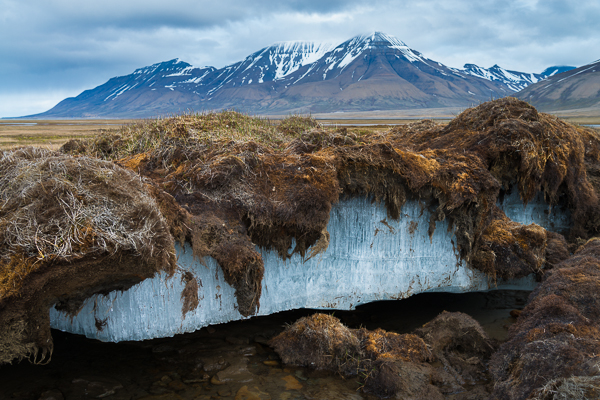
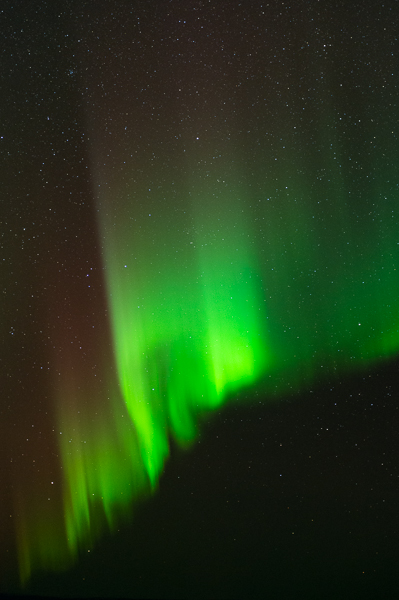
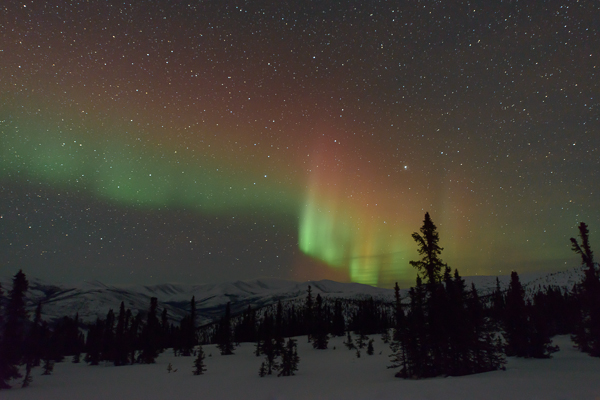
More or Less
How much of a subject should be included in the image? That’s always a compositional question: exactly where should you position the edge of the frame? When shooting with a fixed focal length lens, you really don’t have a choice unless you can physically change your location. If you’re using a zoom lens, you have an almost unlimited choice. Of course, no matter the lens you could always crop the image afterwards, but all cropping is lossy and personally I hate to throw away data.
So just how much, or how little, needs to be included? Consider these two images. Your thoughts? Is the roller too small in the frame, the elephant too tight? What do you think?
Lilac-breasted roller.
Elephant.